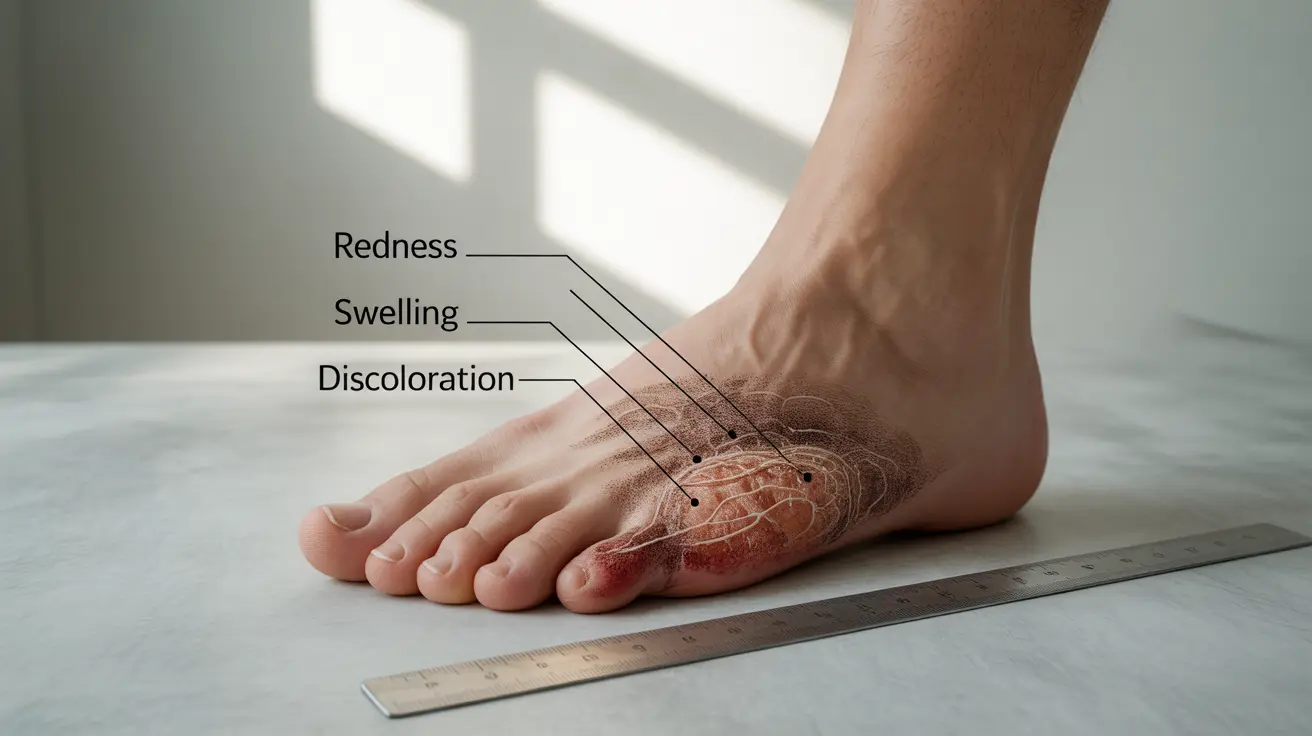Toenail problems can significantly impact your daily comfort and mobility. Whether you're dealing with an ingrown toenail, fungal infection, or chronic toe pain, knowing when to consult a toe nail doctor (podiatrist) is crucial for maintaining proper foot health. These specialized medical professionals are trained to diagnose and treat a wide range of toenail and foot-related conditions.
In this comprehensive guide, we'll explore common toenail issues, their symptoms, and when professional medical intervention is necessary. Understanding these aspects can help you make informed decisions about your foot health and prevent potential complications.
Common Toenail Conditions and Their Symptoms
Recognizing the signs of toenail problems early can help prevent more serious complications. Here are some frequent conditions that may require professional attention:
Ingrown Toenails
This painful condition occurs when the nail's edge grows into the surrounding skin. Symptoms include:
- Redness and swelling around the nail
- Pain when pressure is applied
- Possible infection if left untreated
- Drainage or pus in severe cases
Fungal Nail Infections
Fungal infections can cause significant changes in nail appearance and texture. Look for:
- Yellowing or discoloration of the nail
- Thickness or brittleness
- Separation from the nail bed
- Unpleasant odor
When to Seek Professional Help
While some minor nail issues can be managed at home, certain situations warrant immediate attention from a toe nail doctor:
- Severe pain that affects walking
- Signs of infection (redness, warmth, pus)
- Recurring fungal infections
- Diabetic foot concerns
- Persistent nail changes or discoloration
- Trauma to the nail or surrounding area
Treatment Options and Professional Care
A qualified toe nail doctor can provide various treatment options depending on your specific condition:
Conservative Treatments
- Proper nail cutting techniques
- Topical medications
- Custom footwear recommendations
- Preventive care education
Advanced Procedures
- Partial or complete nail removal
- Laser therapy for fungal infections
- Surgical correction of ingrown toenails
- Advanced wound care for diabetic patients
Preventive Care and Maintenance
Maintaining good foot hygiene and following professional advice can help prevent many common toenail problems:
- Keep feet clean and dry
- Wear properly fitting shoes
- Trim nails straight across
- Avoid walking barefoot in public areas
- Regular diabetic foot checks if applicable
Frequently Asked Questions
What are the symptoms of an ingrown toenail, and how is it treated? An ingrown toenail typically causes pain, redness, and swelling around the nail edge. Treatment options include warm soaks, proper trimming techniques, and in severe cases, minor surgical procedures performed by a toe nail doctor.
How does a podiatrist diagnose and manage fungal toenail infections? A podiatrist diagnoses fungal infections through visual examination and possible laboratory testing. Treatment may include oral medications, topical solutions, or laser therapy, depending on the severity.
What are some common causes of persistent toe pain, and when should I see a podiatrist? Persistent toe pain can be caused by injuries, arthritis, gout, or structural problems. Seek professional help if pain persists for more than a few days or affects your daily activities.
Can a podiatrist help with nail discoloration, thickening, or recurring fungal infections? Yes, a podiatrist can provide comprehensive treatment for these conditions, including medication, professional trimming, and preventive strategies to avoid recurrence.
How often should people with diabetes have their feet checked by a podiatrist to prevent complications? People with diabetes should have their feet examined by a podiatrist at least once a year, or more frequently if they have existing foot problems or poor circulation.




